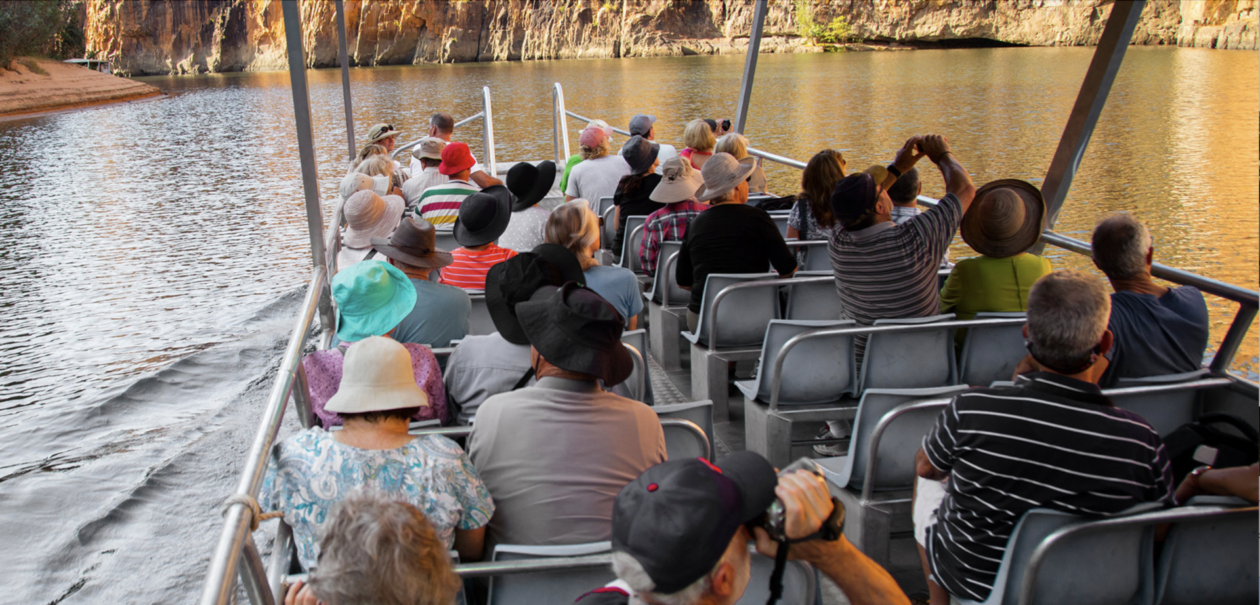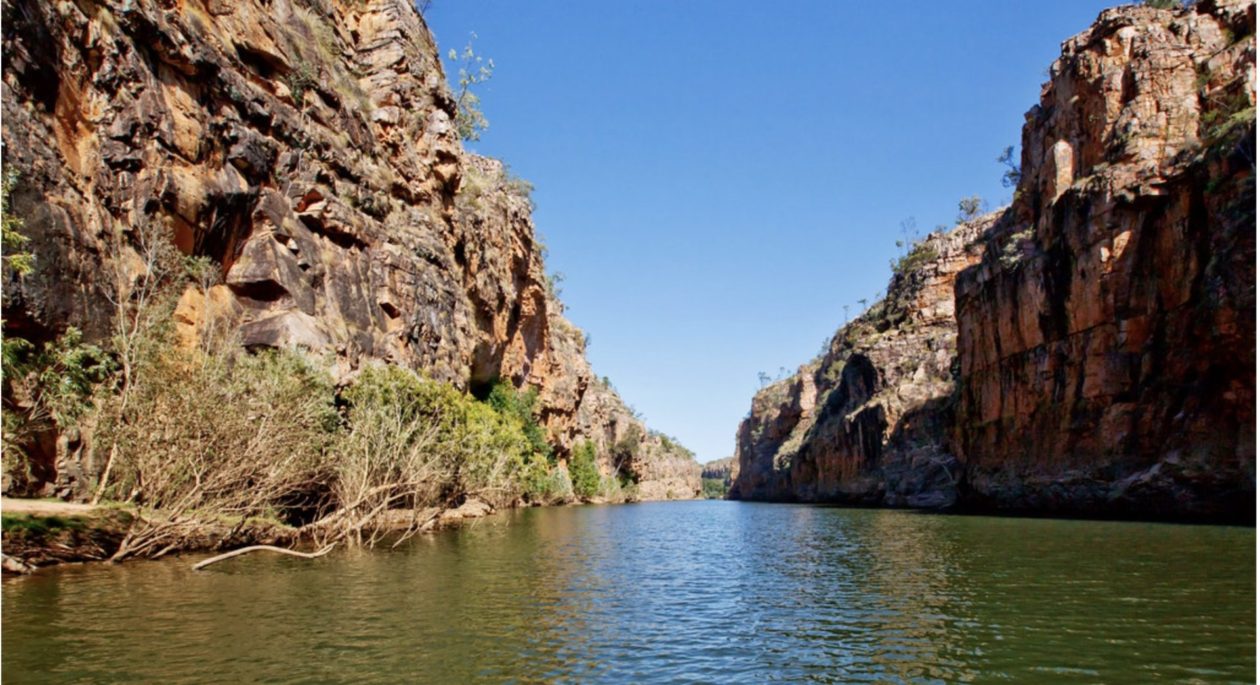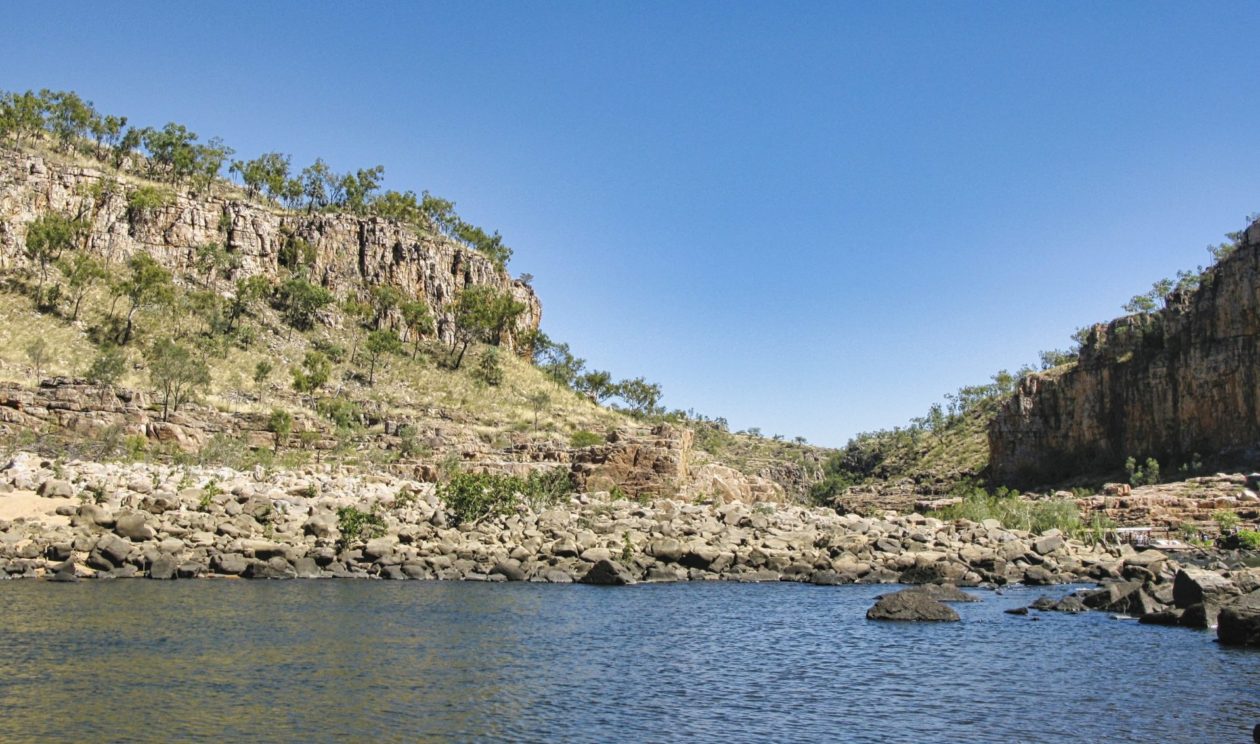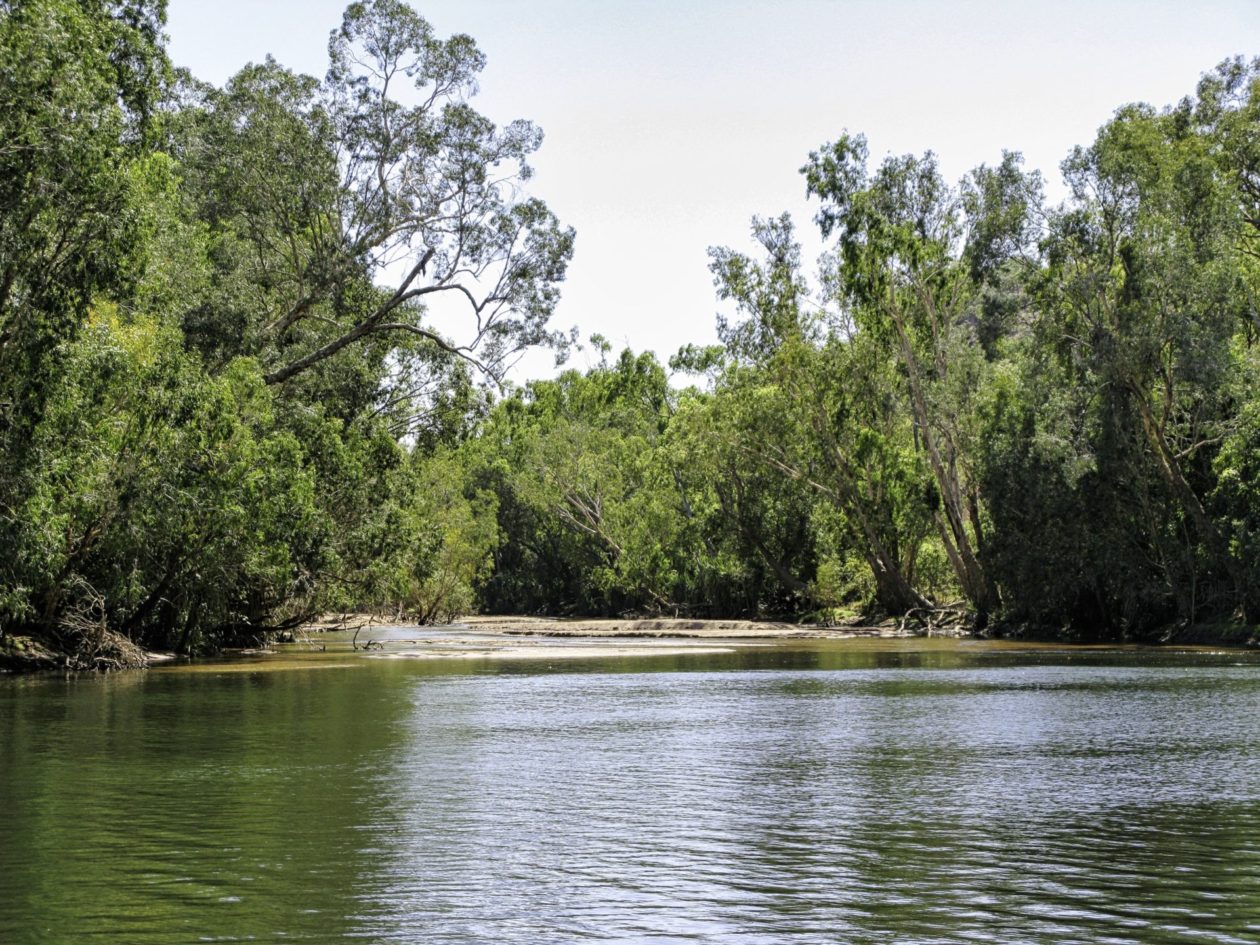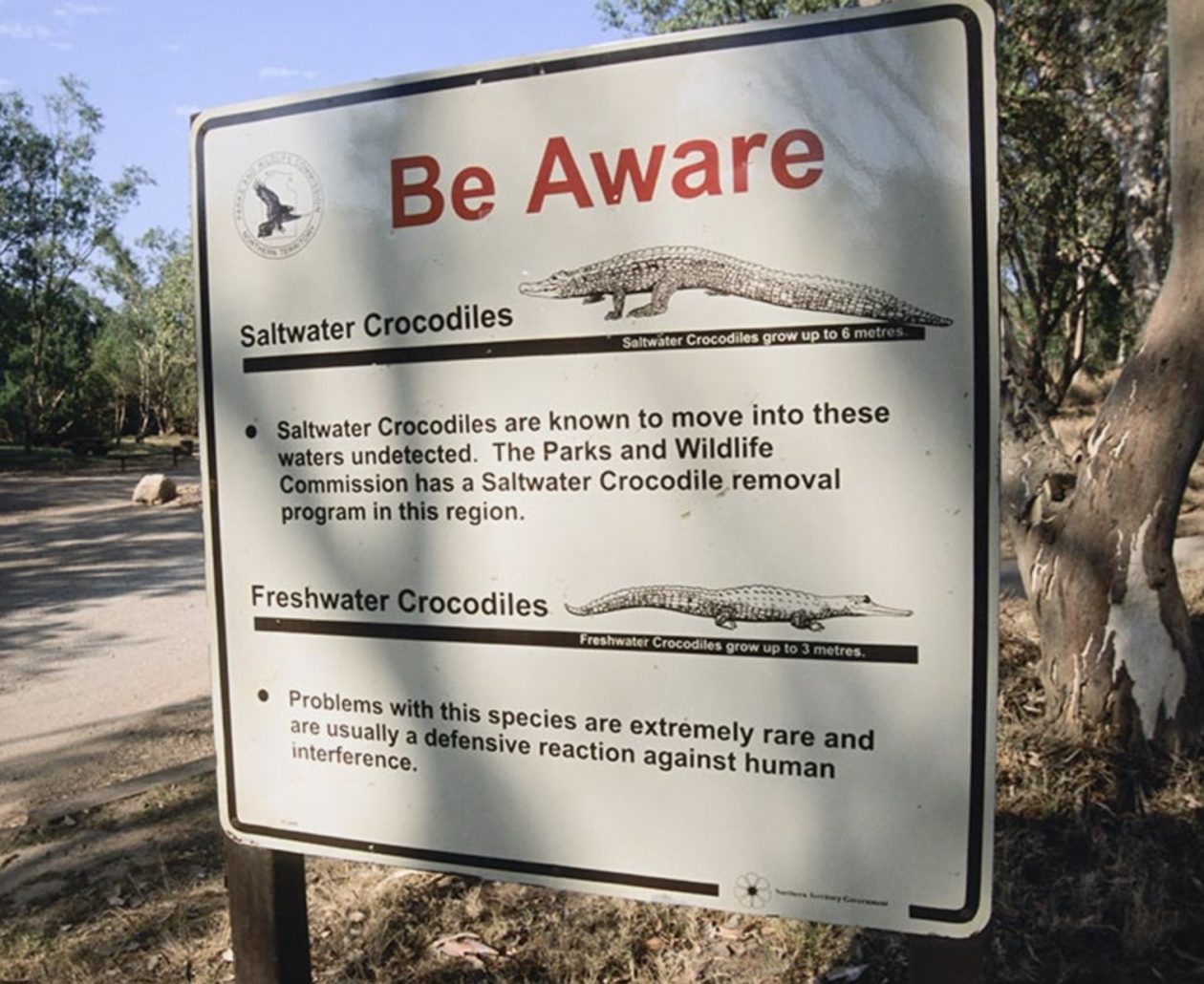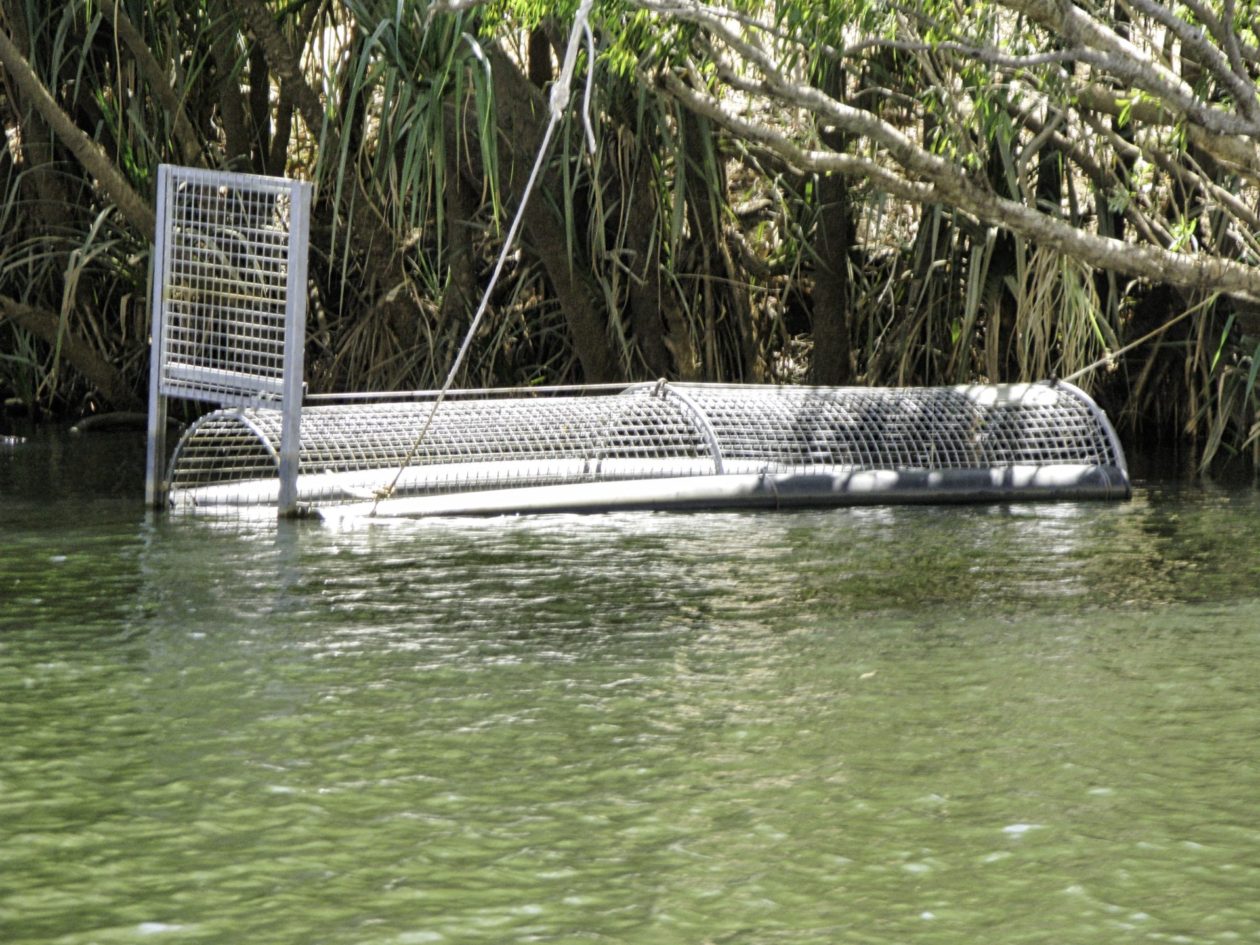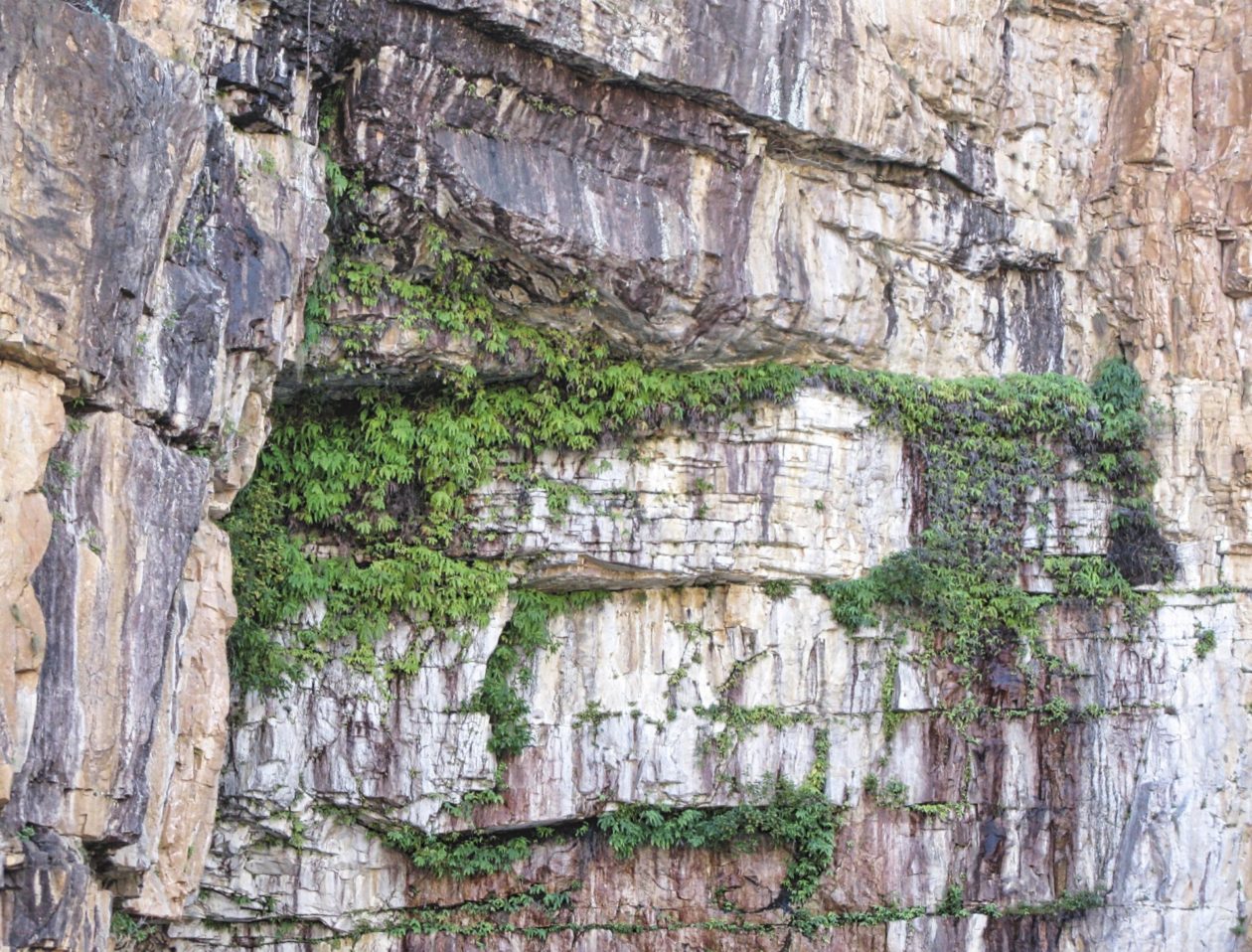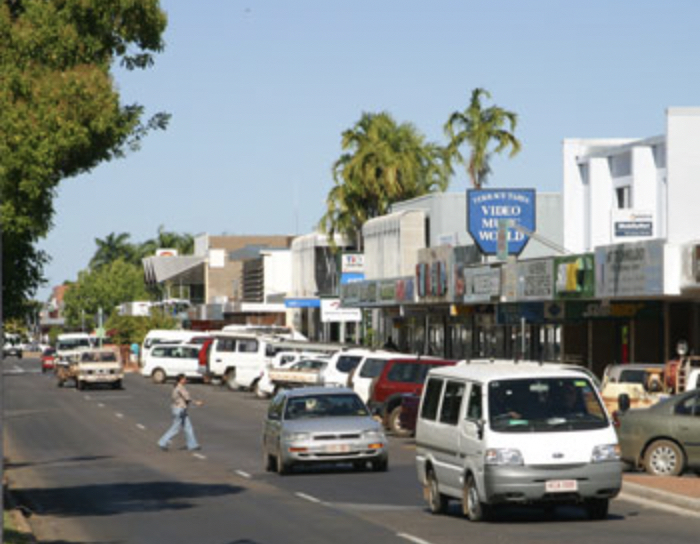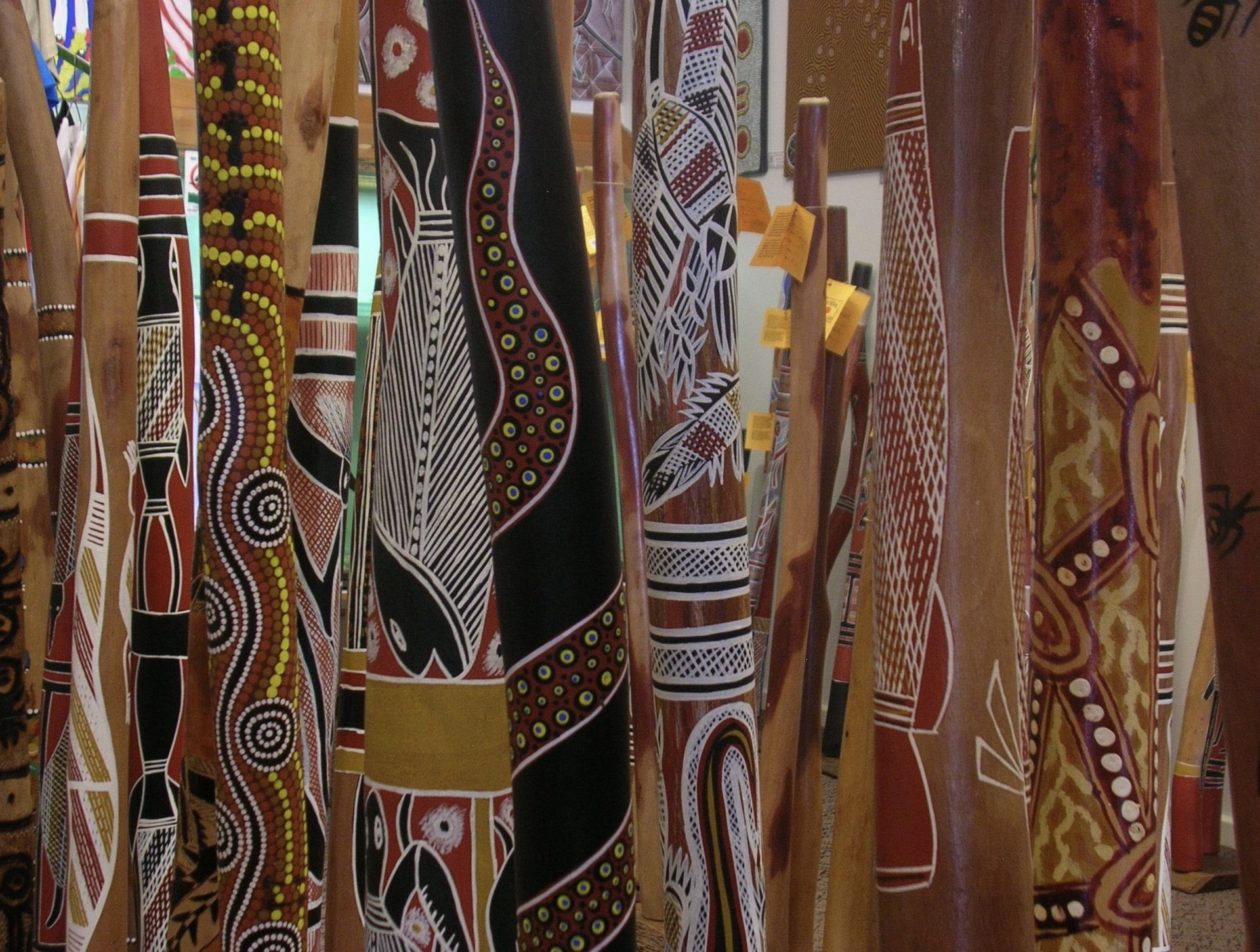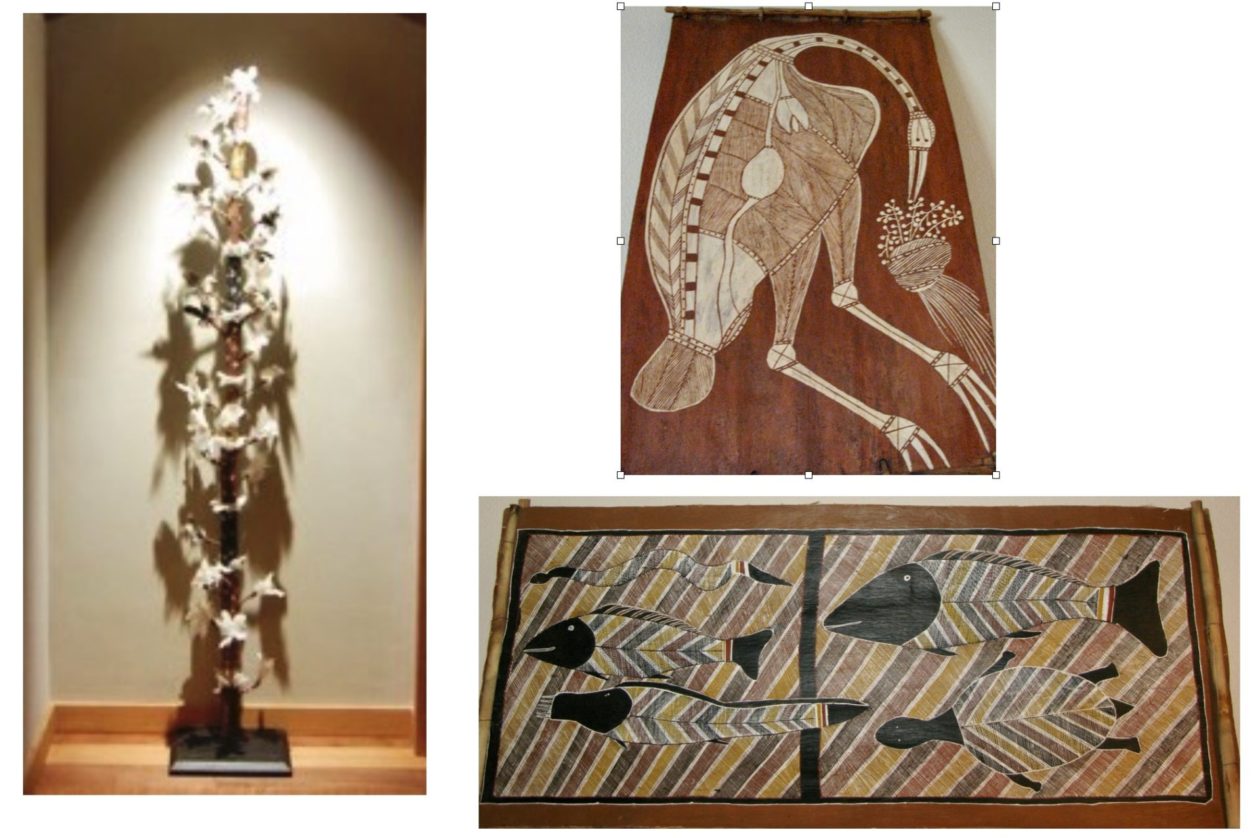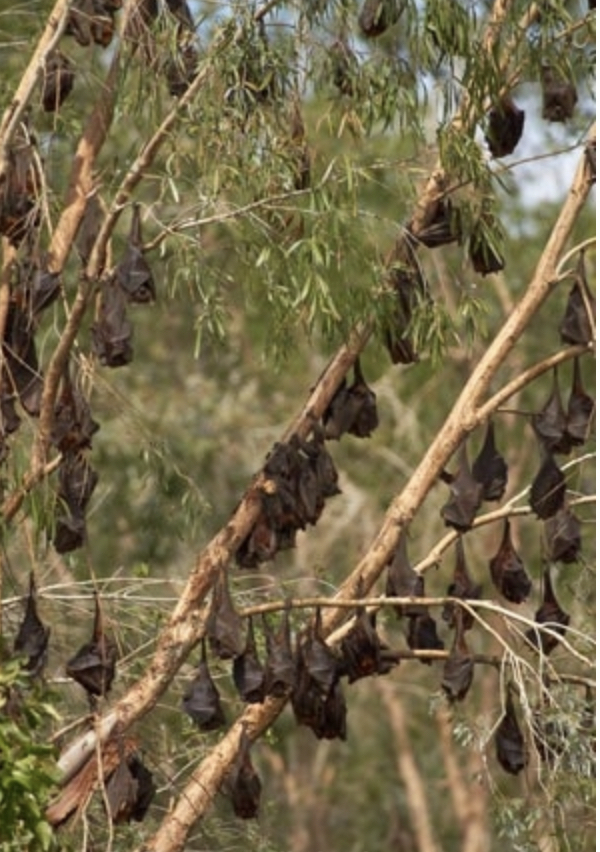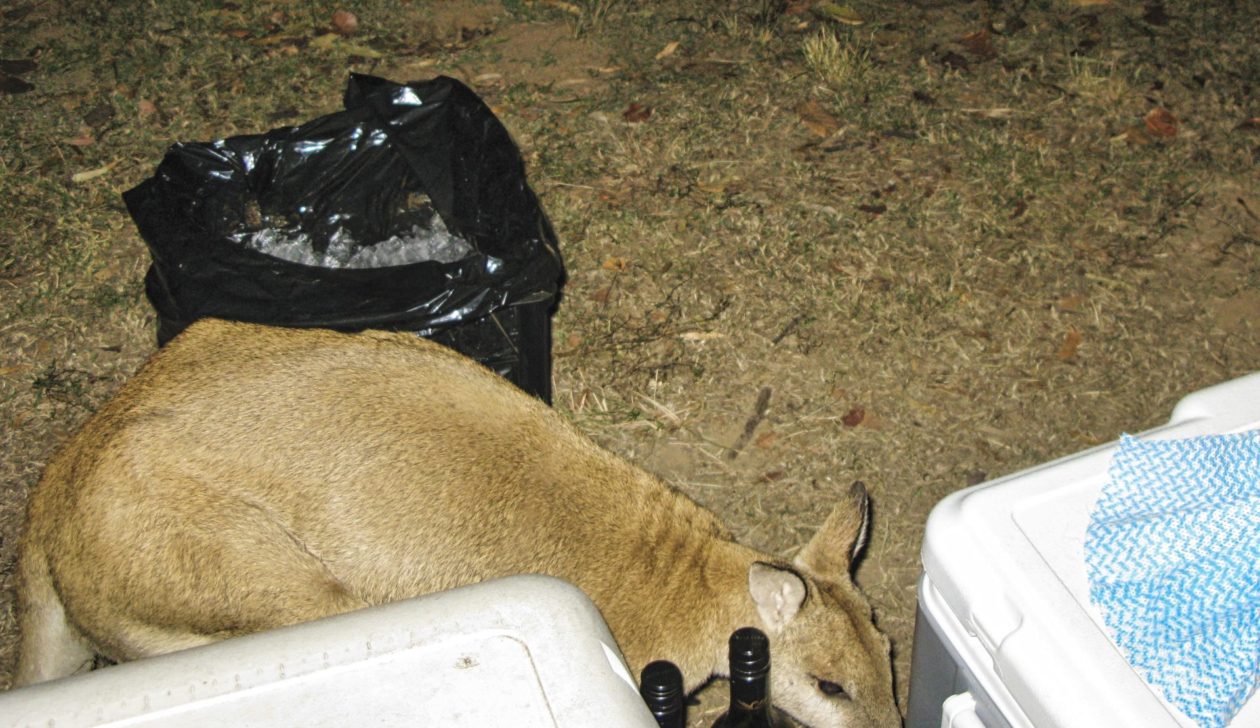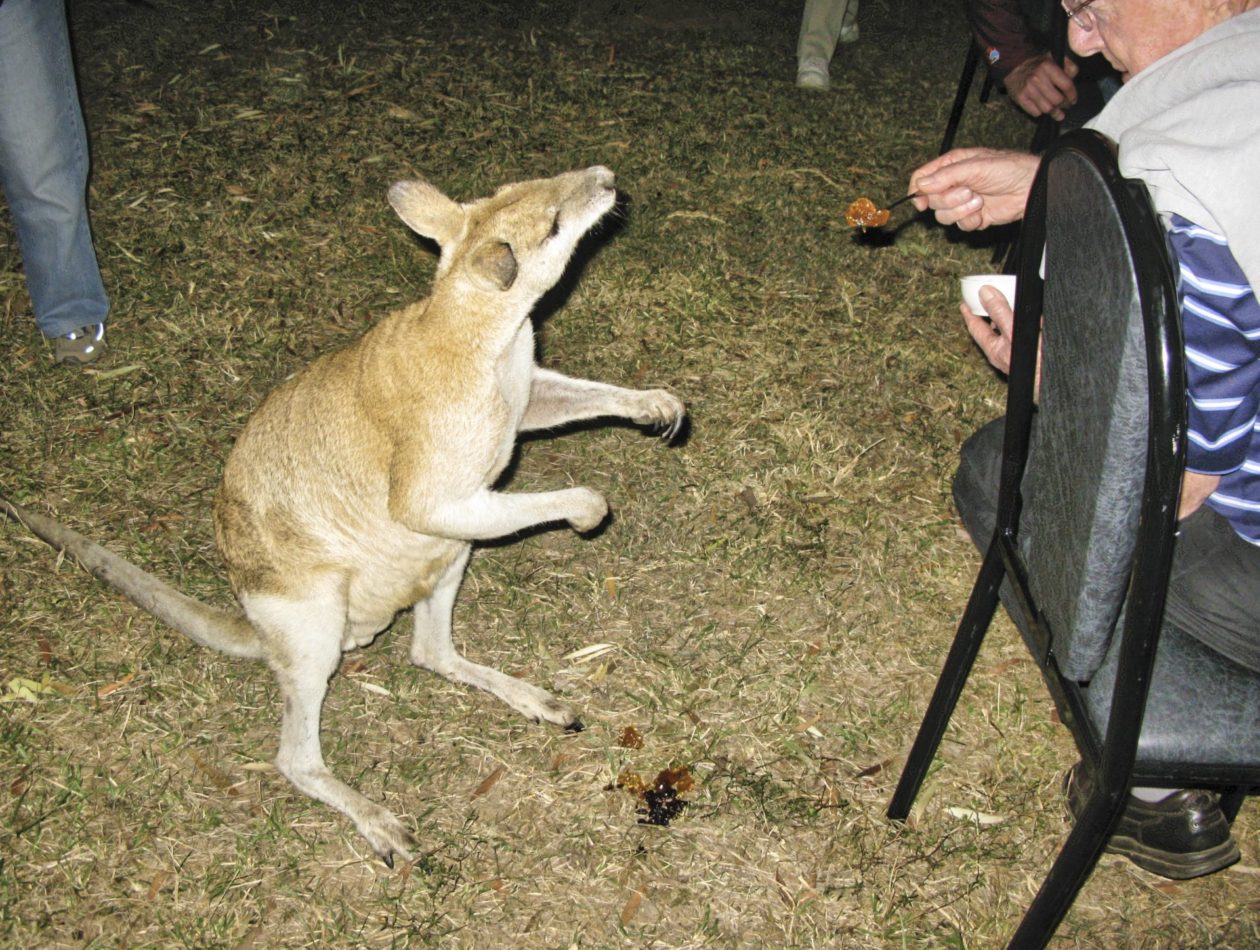- And we’re off — let’s go explore the Australian outback!
- Katherine, Northern Territory
- Kakadu National Park, Northern Territory
- A day in Darwin, Northern Territory
- Kununurra, Western Australia and the Bungle Bungles
- Broome, Western Australia
- Uluru (Ayers Rock)
- Alice Springs, Northern Territory
- Birdsville, Queensland and return to Sydney
The next morning we were on our way to Katherine, Northern Territory. On the way, we visited a working outback cattle station named Longway to see first hand what is involved in running a property in the outback. The couple that ran the place gave us a great tour of their property and talked about the challenges they faced. One of the biggest of those was being overrun by cane toads, a non-native species whose skin can secrete a toxin that makes animals (especially dogs) very sick. Ironically, one of the chemical in the secretion is Bufotenin, a hallucinogenic that some people actually ingest for a high. Sadly, it can cause illness or death. The whole situation with the cane toads is yet another experiment gone bad — the toads were introduced in the 1930s to take care of insects. Without sufficient predators, they multiplied rapidly. After the tour, the couple were kind enough to host us in their home for tea.
From there we were off to Katherine. While many of the local population work at the RAAF base at Tindal, tourism is another big draw for this area — in particular the Nitmiluk (the word translates to “place of the cicada dreaming) National Park and the Katherine River Gorge. There are actually 13 gorges here, carved into the ancient sandstone along the route of the Katherine River which actually starts up in Kakadu which is our next stop. This was the first place that we came in contact with a large number of Aboriginal people coming from the Jawoyn, Dagoman and Wardaman peoples. It was interesting, because serious efforts have been underway to move Aboriginal people into the hospitality industry, running the lodge we stayed in and many of the tourist concessions. We were there at an unfortunate moment — one of the Aboriginal people had committed suicide. This typically would have involved his tribe to “go walkabout” for some number of weeks, which would have been normal for these nomadic people. But, given the full time jobs and responsibilities they had accepted, they chose to stay. It must have been a hard decision to make. Here we had the opportunity to take a cruise through the Katherine River Gorge and admire all the towering sandstone cliffs. Given that we were there in the dry season, the water was very placid and we could go swimming. There are a number of freshwater crocodiles that nest along the banks, but apparently are harmless to people. In the wet season, the salt water crocodiles (“salties”) make it this far upriver and swimming is prohibited, as they tend to be fond of eating humans (tastes like chicken!). Anyway, we were swimming in the river and Deb didn’t want to go back on the boat to use the WC. Instead, she swam ashore and went behind a rock. It was only when we were leaving that we saw the caution sign not to go ashore because of the crocodiles! Yikes!
We also had an opportunity to walk around town for a bit. Our first stop was the Katherine School of the Air (KSA) that was the first distance education school in the Northern Territory to use its own radio frequencies to teach lessons to kids in remote and isolated areas. Starting with radio broadcasts in 1966, they grew and evolved, first bringing in students from the far reaches for annual get togethers and ultimately introducing technology like videotapes and, ultimately digital broadcasts. They had recently opened their Interactive Distance Learning Studio, allowing them to set up a virtual classroom. Where’s there a will, there’s a way! After that, we visited some local art galleries where we bought our first Aboriginal art. Since this was going to be the closest we got to the Torres Strait Islands (274 islands off the coast of the northernmost tip of Queensland). We ended up buying a couple of bark paintings from the Maningrida region of barramundi and emu. The artists say that they don’t paint the animal’s body, but rather its power. We also got a beautiful funeral pole. Typically at a funeral in this region, up to 12 of these grave posts are erected around the grave as a gift to please the spirits of the dead. Here sacred ceremonies are performed over a course of days with dancers circling between and amongst the poles. Much as done by the natives of the Southwest US, these poles don’t have all the sacred elements of an actual funeral pole and thus can be sold.
To cap off our stay, we had dinner out in the bush. It was really incredible (and a bit scary) to watch the hundreds of fruit bats that had been sleeping in the trees next to our table. As we were finishing dinner, we also were visited by a wallaby that was only two happy to clean our plates! Al fresco dining with an edge!
